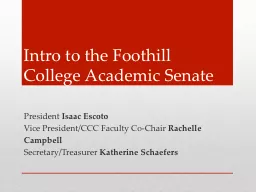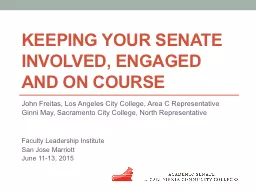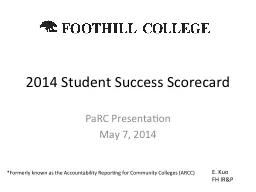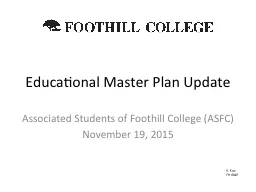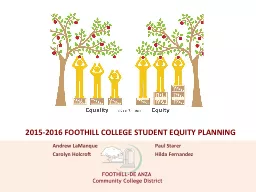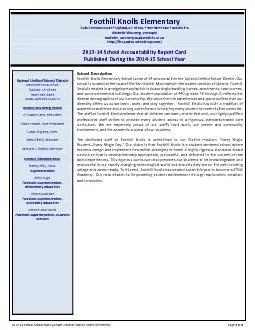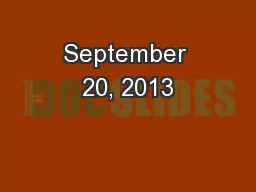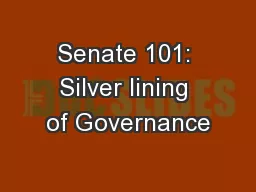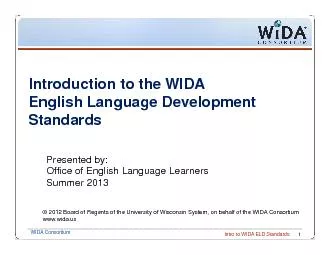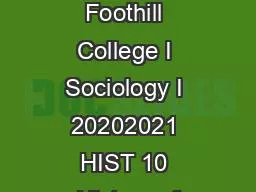PPT-Intro to the Foothill College Academic Senate
Author : slygrat | Published Date : 2020-06-23
President Isaac Escoto Vice PresidentCCC Faculty CoChair Rachelle Campbell SecretaryTreasurer Katherine Schaefers Why are we here Title 5 gives us the power
Presentation Embed Code
Download Presentation
Download Presentation The PPT/PDF document "Intro to the Foothill College Academic S..." is the property of its rightful owner. Permission is granted to download and print the materials on this website for personal, non-commercial use only, and to display it on your personal computer provided you do not modify the materials and that you retain all copyright notices contained in the materials. By downloading content from our website, you accept the terms of this agreement.
Intro to the Foothill College Academic Senate: Transcript
Download Rules Of Document
"Intro to the Foothill College Academic Senate"The content belongs to its owner. You may download and print it for personal use, without modification, and keep all copyright notices. By downloading, you agree to these terms.
Related Documents

